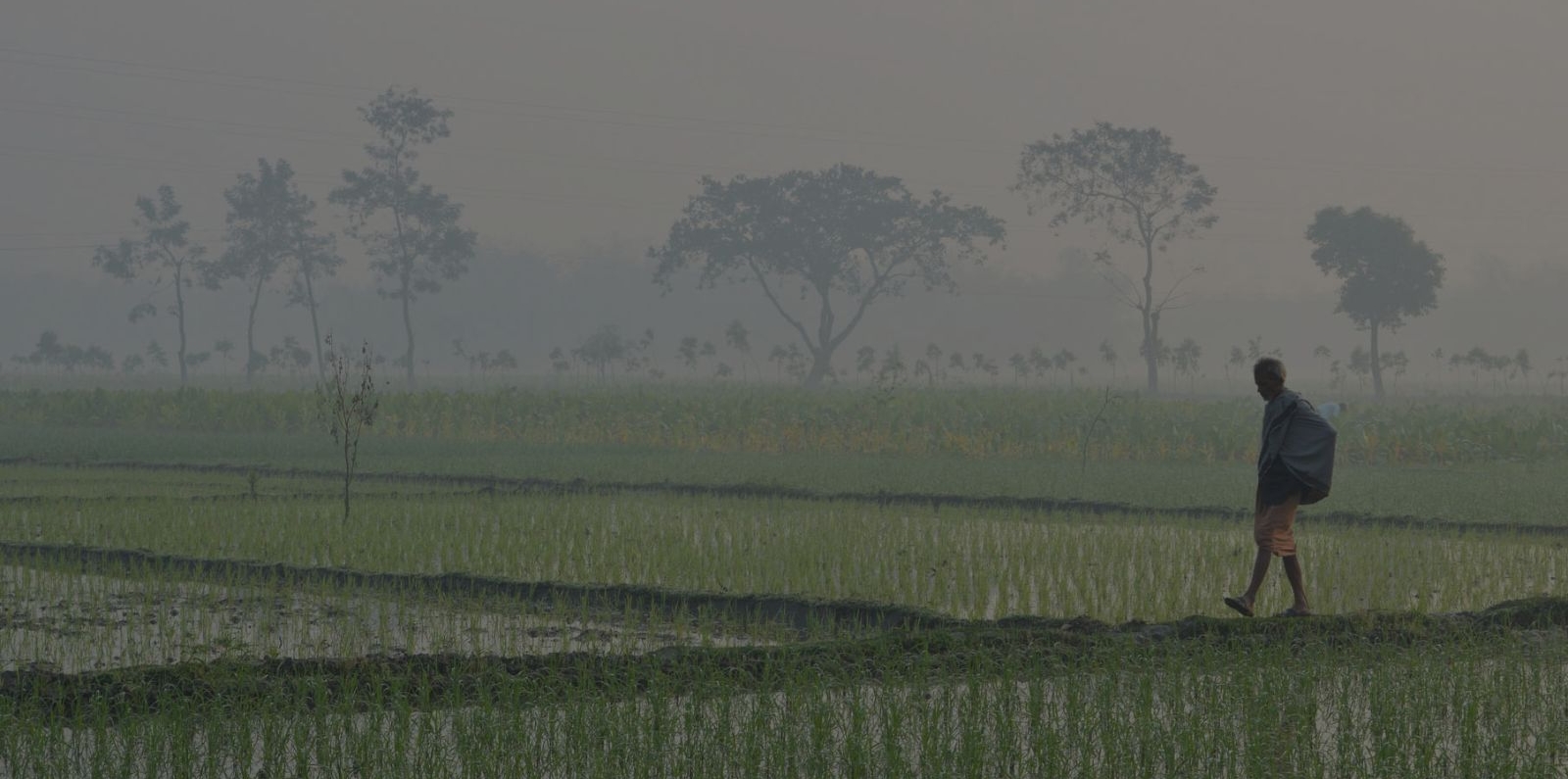About the Project
In 2016, more than 24 percent of the Bangladeshi population lived in extreme poverty and the country was among one of the highest rates of malnutrition in the world. Parts of the country are highly vulnerable to weather conditions, like salt-affected tidal surges in the south and flash-flood and drought in the north, creating challenging environments for farming. Agricultural production is highly vulnerable to weather conditions and productivity is low, in part because available mainstream technology and agronomic practice are not adapted to field conditions. In 2019, nearly 63 percent of the country’s population and 85% of the poor people lived and earned their livelihood in the rural areas, where farmers cultivate only one rice crop per year in tidal surge and flash-flood-prone areas. All these factors affect the income and productivity of crop, fish, and livestock farmers.
IAPP introduced climate-smart agricultural technologies, agronomic practices, crop varieties, and production technology packages better suited for evolving climatic and environmental conditions in target areas. The project focused on:
- Providing training and technical assistance to smallholder farmers
- Empowering local rural communities to increase crop, livestock, and fisheries productivity
- Creating on- and off-farm jobs and agricultural entrepreneurship opportunities that, in turn, generated rural jobs
We worked directly with farming communities and partners from CSOs, academic institutions, and multilateral agencies to build knowledge and skills on new varieties of crops and fish, to improve the adoption of modern production technologies and farming practices, to promote environmentally friendly water use systems, and to link farmers to markets.
Country
- Bangladesh
Project Status
ClosedFunding
Country-led projectSupervising entity
- FAO
- World Bank
Call Year
2010GAFSP Funding Amount
50.00Project Highlights

million farmers & families benefitted from the project

increase in income levels for crop farmers

increase in income levels for fisherfolk
Results
The IAPP introduced climate smart agricultural technologies, agronomic practices, crop varieties, and production technology packages better suited for evolving climatic and environmental conditions in target areas. More than 250,000 crop, fish, and livestock farmers benefited from this project, of whom about a third were women. Further, IAPP contributed to an increase inincome levels by 15 percent for crop farmers and 37 percent for fisherfolk between 2014 and 2016. And, close to 85 percent of crop farmers and 98 percent of fish farmers reported that their family food consumption improved.
IAPP’s Technical Assitance component, supervised by FAO, benefited more than 5,000 people, of whom about 16 percent were women. Overall, the project strengthened human and organizational capacities to deliver increased and more effective public and private investments in agriculture and food and nutrition security.
Contact
GAFSP Coordination Unit
gafsp-info@gafspfund.org
Documents
Official Project Documents:
- Project Performance Assessment Report
- World Bank Project Appraisal Document (2011)
- World Bank Implementation Completion and Results Report (2017)
- IEG Implementation Completion Report Review (2017)
- FAO Technical Assistance and Capacity Development Document (2013)
- FAO Completion Report (2017)
Other Materials:
News
- New Seeds for Sustainability
- From the Cow to the Customer – Women Farmers in Bangladesh Organize Themselves
- The Climate is Warming Up, So Farmers Are Adapting: 5 Ways We Support Them to W…
- Investing in female entrepreneurs improves livelihoods in Bangladesh - Story of…
- Persistence and profits pay off: Investing in female entrepreneurs improves liv…
- Investing in Female Entrepreneurs and Dairy Farming
